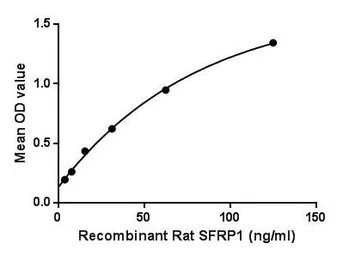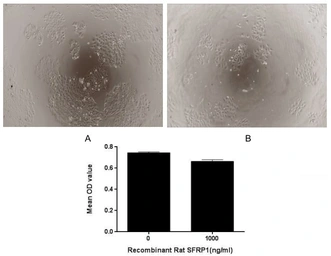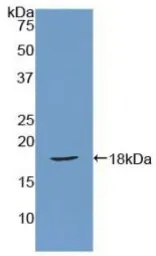Rat SFRP1 protein, His tag (active)
Cat. No. GTX00065-pro
Cat. No. GTX00065-pro
-
ApplicationsFunctional Assay
-
SpeciesRat



